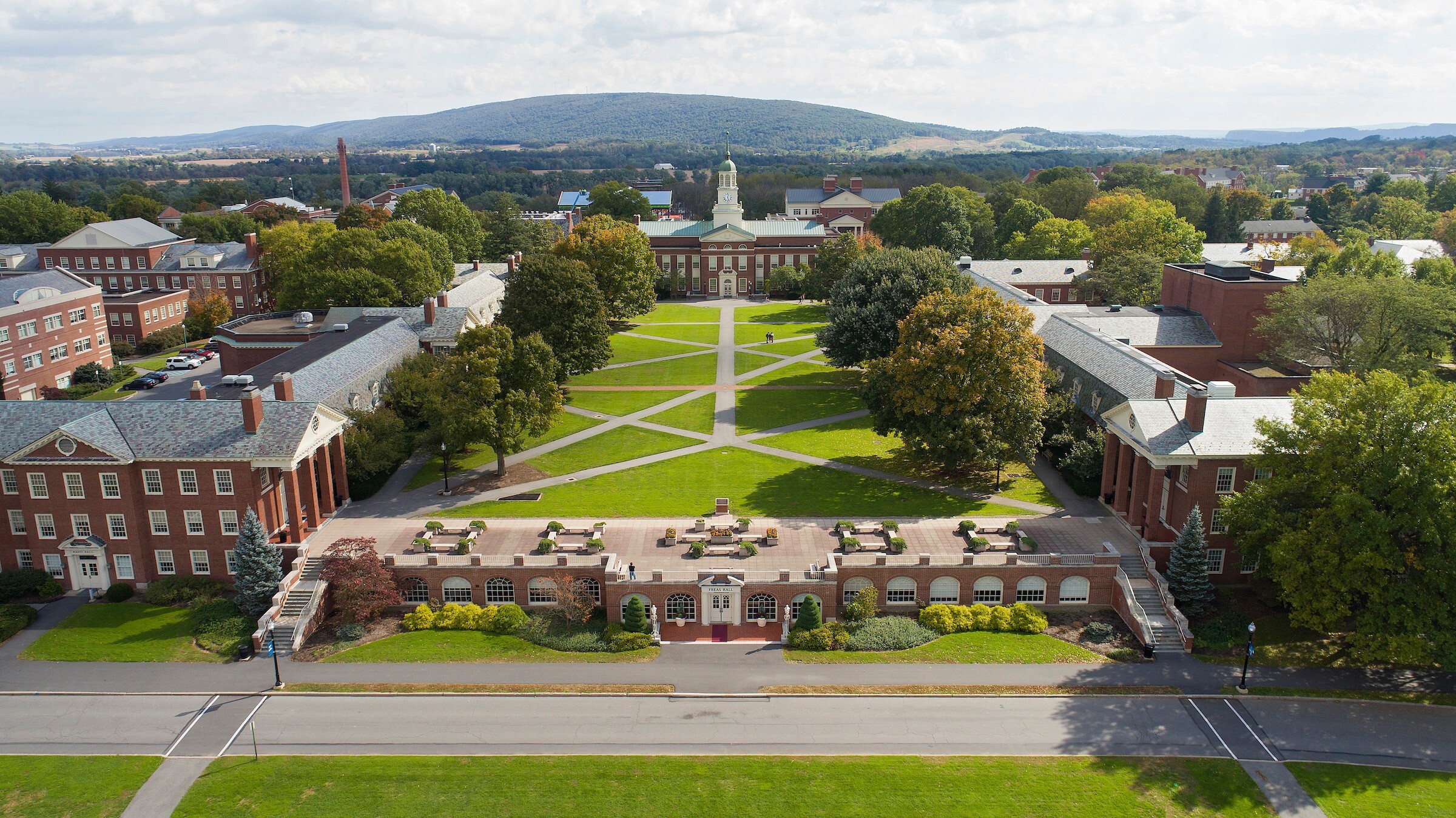The sudden transition to distance learning in March 2020 was a big challenge for Bucknell University. Their main priority was to ensure the safety of students and faculty while continuing to provide a rich and supportive learning environment. Accomplishing this required moving from their traditional in-person approach to an equally effective remote environment.
As a result, student tracking and engagement grew increasingly difficult, yet critical to their success in a remote setting. Bucknell gave their faculty the freedom to explore new tools to address the urgent changes, however, quickly finding the right solution in a sea of options was daunting.
ResultsAlready available and widely used at Bucknell in the Math and Computer Science departments, Professor Thompson explored how Gradescope could mitigate the new challenges of a remote environment. While he initially sought out Gradescope to save time, going remote underscored the need to maintain assessment rigor and student engagement.
Gradescope helped him to uphold Bucknell’s focus on student participation by creating more touch points between him and his students through feedback on homework assignments and remote assessments. He found that Gradescope allowed him to get high quality feedback to his students faster than with other past methods. This left him more time to interact one-on-one with students who needed more support. He also noted that the ease and speed with which he could track submissions—as compared to his other learning tools—helped him to more accurately track progress and intervene when necessary.
Seeing the obvious benefits for his students, he also realized added value to his own grading workflows including time saved. Professor Thompson was most impressed by the AI-assisted grading feature, which recognizes patterns in student work and groups them together for a more methodical, efficient, and fair grading process. He found it amazing that he could grade 20 similar responses in 25 seconds. He was able to funnel his extra time back into refining remote instruction and assessment.
![[headshot_george_michael_gehring_psu:MEDIASTORE_LEAF]@25adec0a](../assets/images/resources-1/image-block-images/headshot-george-michael-gehring-psu.jpg)
Some of the things that are really easy to do in person are really hard to do remotely, and so [...] time becomes the most precious thing that you have. And I think that Gradescope can help get you back some time.
Inspired by the clear improvements to his students' learning outcomes and his instruction, Professor Thompson continues to advocate for Gradescope’s immediate adoption to his colleagues in his department, and beyond to the entire College of Engineering.
When Bucknell's Department of Electrical & Computer Engineering was awarded a $2M grant from the National Science Foundation in October 2020, Gradescope was top of mind. "One of the grant's objectives is to find tools that help us. Out of the gate, Gradescope is one of the tools that we'll definitely be exploring further.”
![[stu_thompson_head_shot_1613153290:MEDIASTORE_LEAF]@36cc2a1c](../assets/images/resources-1/image-block-images/stu-thompson-head-shot-1613153290.jpg)
Wow! That was amazingly simple, really easy to do, and a lot better than the traditional way of grading that set of assignments.



